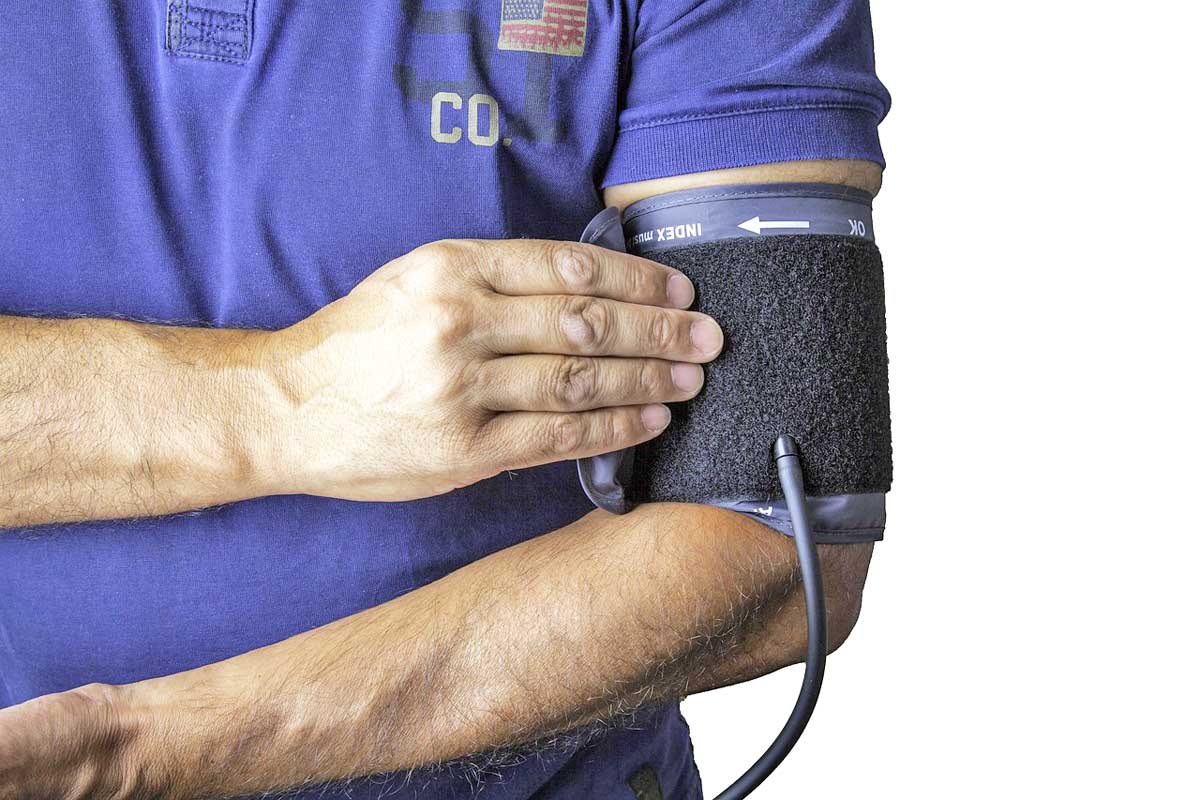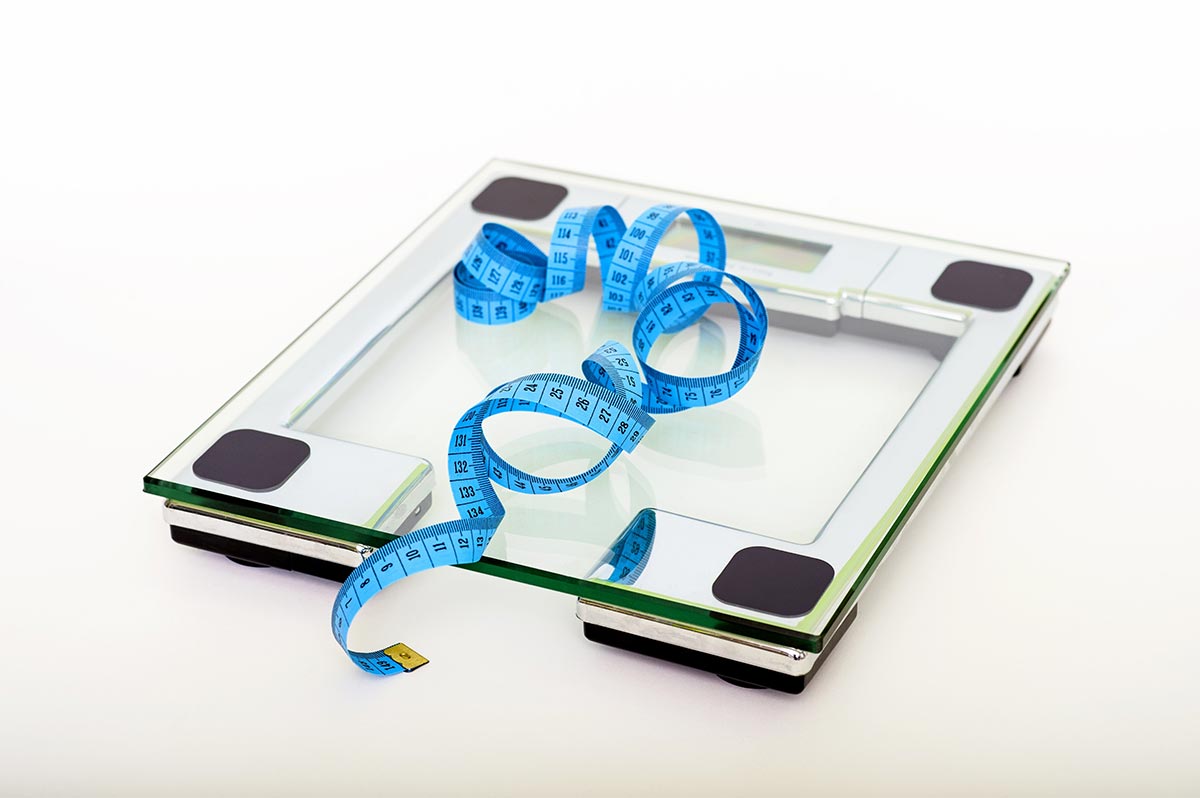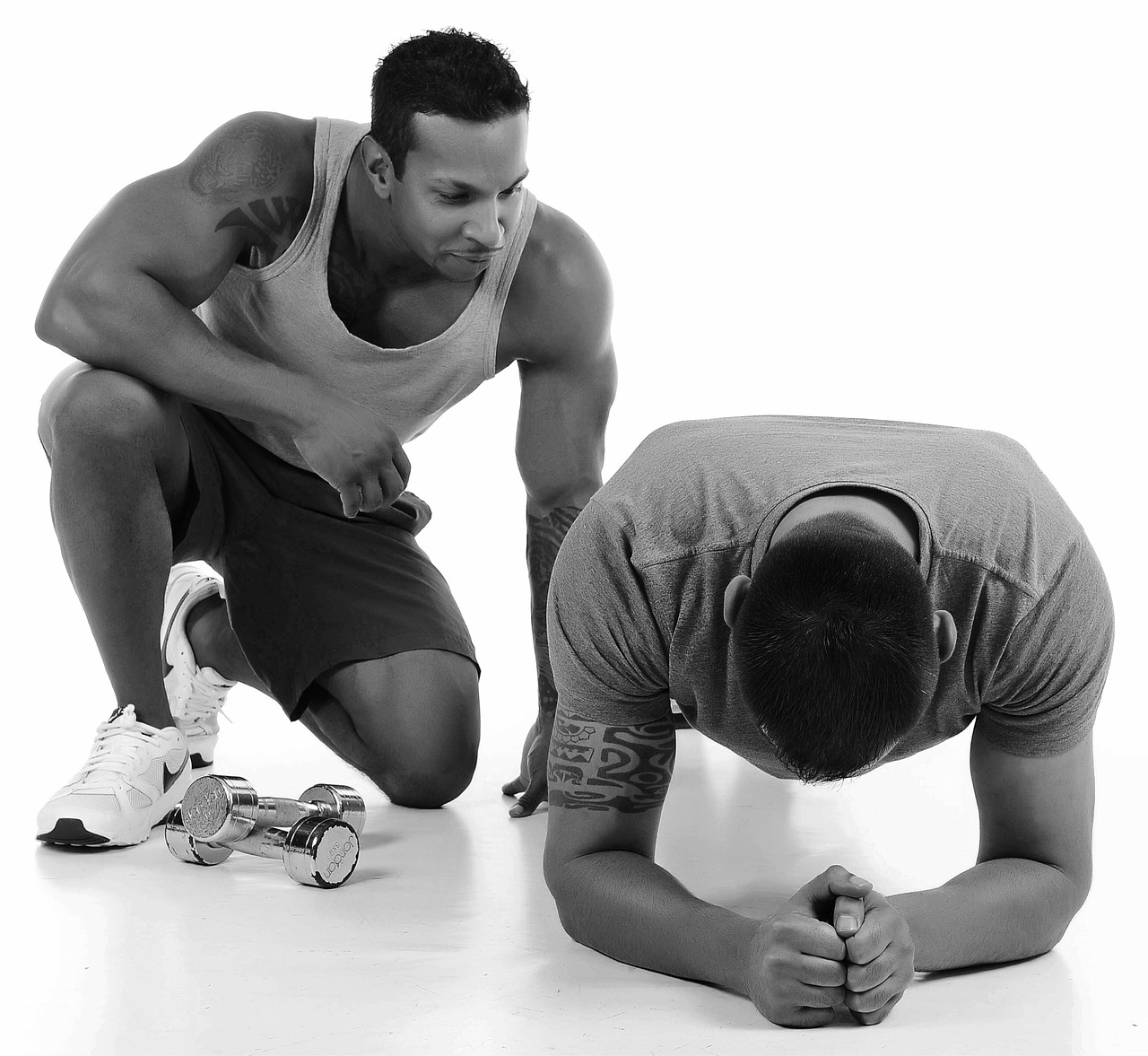Survival of the Fittest: Why I Track or Die
Most fitness plans forget the one baseline metric: your numbers – not your narrative.
I live in the U.S. now, and while I love the optimism, the oversized everything, and the 24-hour gyms, one thing terrifies me: American health stats. Stand in a Walmart line behind three motorized carts and a guy buying beef jerky and insulin with the same hand, and you’ll know what I mean. So when I unpacked my withings smart scale—yes, the one that measures visceral fat—I wasn’t monitoring weight. I was trying to survive.
As a European, I was raised on two ideas: bread is sacred, prevention is king. So when my BP climbed and waistline followed, I stopped pretending jeans shrink in the wash. I bought the scale and a smart BP monitor. Now, every morning, I strip down like preparing for a weigh-in and get my daily dose of truth: weight, body fat, visceral fat, resting heart rate, and even the weather—because apparently, my devices (medical-grade blood pressure monitor and smart body composition scale) know more than cable news.
Performance Over Pounds
Let’s be honest: dropping weight doesn’t equal gaining health. Ask any celeb who lost 20 pounds and now gets winded opening a bottle of sparkling water. What matters is what’s left behind. I want to lose what slows me down—not what holds me up. That means preserving muscle, boosting cardiovasculars, and climbing a flight of stairs without negotiating with gravity. The latest Harvard-backed study shows intermuscular fat increases heart attack risk by 7% per percentage point – another reminder that weight isn’t strength.
Visceral Fat: The Real Boss Level
Visceral fat doesn’t just sit quietly. It pumps out pro-inflammatory cytokines, increases cortisol response, and wraps around vital organs like a toxic security blanket. Unlike subcutaneous fat, it hijacks your metabolism, raises fasting insulin, and drives insulin resistance—all while your mirror says, “Not bad.” And because you can’t spot-reduce it, the only way to defeat it is through consistent metabolic awareness: smart scales, protein balance, interval training, and yes—measuring BP every morning.
Europe vs. America: Prevention as Protocol
Back home, annual check-ups are normal. People brag about lowering LDL or finishing 10Ks—not diet syringes. Prevention is culture—not commerce. Here? Big Pharma pushes injections, cuts research funding, and revenue trumps results. Waist-to-hip ratio, visceral fat, and fasting BP guide preventive care in Europe; in the U.S., we’re lucky if we catch a BP reading before collapse.
The Hidden Price: America Pays the Bill
Obesity isn’t just a symptom—it’s a billion-dollar drag. The U.S. spends over $260 billion annually on obesity-related care, with each extra inch of belly adding 1–2% to health costs. That’s lost productivity, skyrocketing insurance, shaky Medicare, and taxpayers paying half. Meanwhile, a third of adults are obese, and rates aren’t slowing. That’s not a trend—it’s a ticking bomb.
Muscle Mass: The Forgotten Ally
Every pound of muscle is metabolically active real estate. Lose it, and your furnace shuts down. That's why crash diets and miracle weight loss injections backfire. Without adequate protein and resistance training, you're not just shrinking—you’re decaying. A study from the Mayo Clinic confirms that sarcopenia (muscle loss) increases all-cause mortality even when BMI stays stable. Translation: skinny and weak is still a losing strategy.
Why Measuring Blood Pressure Isn’t Optional
When I press that button on my Withings BPM Core, I’m not just collecting numbers—I’m checking my odds of staying alive. A normal blood pressure should be below 120/80 mmHg. Once you hit 130/85, you’re in the danger zone. And anything above 140/90 is classified as hypertension, even if you feel fine. That’s the problem: high blood pressure is silent. No symptoms. No warning. Until it causes damage.
High blood pressure (hypertension) is one of the most dangerous silent killers—because it damages your heart and brain long before you feel anything.
• Increased pressure forces the heart to pump harder. Over time, this thickens the heart muscle (especially the left ventricle), which leads to heart failure. • Hypertension damages blood vessels and promotes atherosclerosis—the buildup of plaque in coronary arteries. This can block blood flow, triggering heart attacks. • It also increases the risk of arrhythmias and sudden cardiac death, especially under physical stress or emotional spikes.
• High blood pressure is the #1 risk factor for stroke. It can cause: • Ischemic stroke (due to blocked blood flow) • Hemorrhagic stroke (due to burst blood vessels)
• Chronic hypertension also leads to microvascular damage—tiny tears and blockages in the brain’s small vessels.
This contributes to: • Vascular dementia • Cognitive decline • Memory loss Some research also links high blood pressure to Alzheimer’s progression, likely due to reduced cerebral blood flow and inflammation[^1].
But if you’re President of the United States—with an athletic body, a top-notch diet, and a schedule that clearly favors the golf course over the Oval Office—you’ve got nothing to worry about. Especially when you emerge from your cart, Olympic rings of belly on full display, fumbling like a man auditioning for a life alert commercial. After all, your doctors confirmed you’re in the greatest physical condition any human has ever achieved.
| Category | Systolic (mmHg) | Diastolic (mmHg) | Interpretation |
|---|---|---|---|
| Normal | less than 120 | less than 80 | Healthy blood pressure |
| Elevated | 120 to 129 | less than 80 | Risk of hypertension |
| Stage 1 Hypertension | 130 to 139 | 80 to 89 | Requires lifestyle change |
| Stage 2 Hypertension | 140 or higher | 90 or higher | Medical intervention needed |
| Hypertensive Crisis | higher than 180 | higher than 120 | Seek emergency care |
What kind of damage?
Arterial stiffness. Micro-tears in blood vessels. Atherosclerosis—that’s plaque build-up that narrows your arteries and sets the stage for heart attacks, strokes, kidney failure, and vascular dementia. If you’re lifting weights or doing cardio with high BP, you’re adding pressure to a system already on the brink. Not smart.And let’s decode the numbers:
• Systolic is the top number—pressure when your heart contracts.
• Diastolic is the lower one—pressure during relaxation.
A high systolic means your arteries are stiff or blocked. A high diastolic? Your heart never truly rests.
• Then there’s resting pulse. Above 80? You’re not “fit”—you’re overstimulated. Chronic high pulse is linked to poor recovery, overtraining, and cardiac risk.
Why I Track (And You Should Too)
So I track daily. Naked, no excuses. I weigh, measure BP, save PDFs, send them to my doctor. I don’t just count pounds—I monitor metabolic trends. I fight visceral fat, not mirrors. I preserve muscle power so I’m not a lighter but weaker version of myself. I stay alert—not collapsed in a meeting, whispering “I thought I was fit.” Because metrics don’t lie, but people do.
Because in the USA, “Survival of the Fittest” isn’t a quote—it’s a forecast. And I intend to live on the right side of that fitness curve.
Scientific Evidence: What the Research Says
Intermuscular Fat & Cardiovascular Risk: A 2025 study from Brigham and Women’s Hospital and Harvard Medical School found that each 1% increase in intermuscular adipose tissue (IMAT) is linked to a 7% rise in cardiovascular events, including heart attacks and heart failure, independent of overall body weight.
Sarcopenia & Mortality: Large-scale population data showed that elderly women with sarcopenia—age-related muscle loss—faced a 32–35% higher risk of all-cause mortality, even if they weren’t classified as obese. Muscle mass isn’t just strength—it’s survival.
[^1]: Iadecola C et al., “Hypertension and dementia,” Hypertension, 2016.
[^2]: Whelton PK et al., “2017 Guideline for High Blood Pressure,” JACC, 2018.
[^3]: Gorelick PB et al., “Vascular Contributions to Cognitive Impairment and Dementia,” Stroke, 2011.













